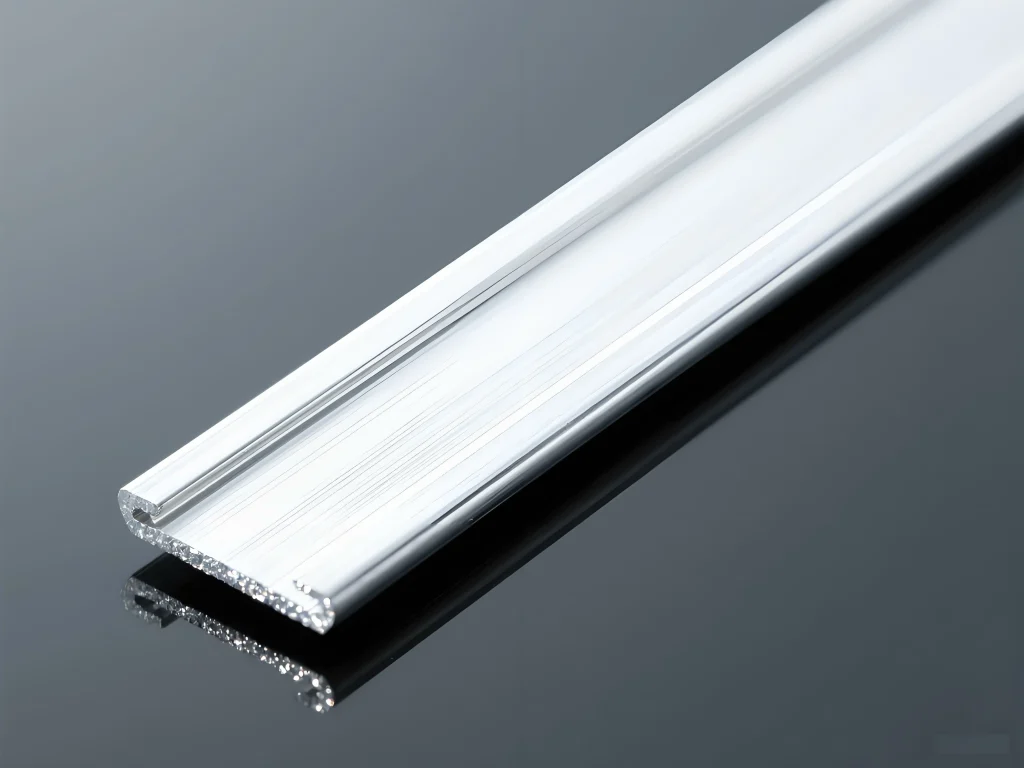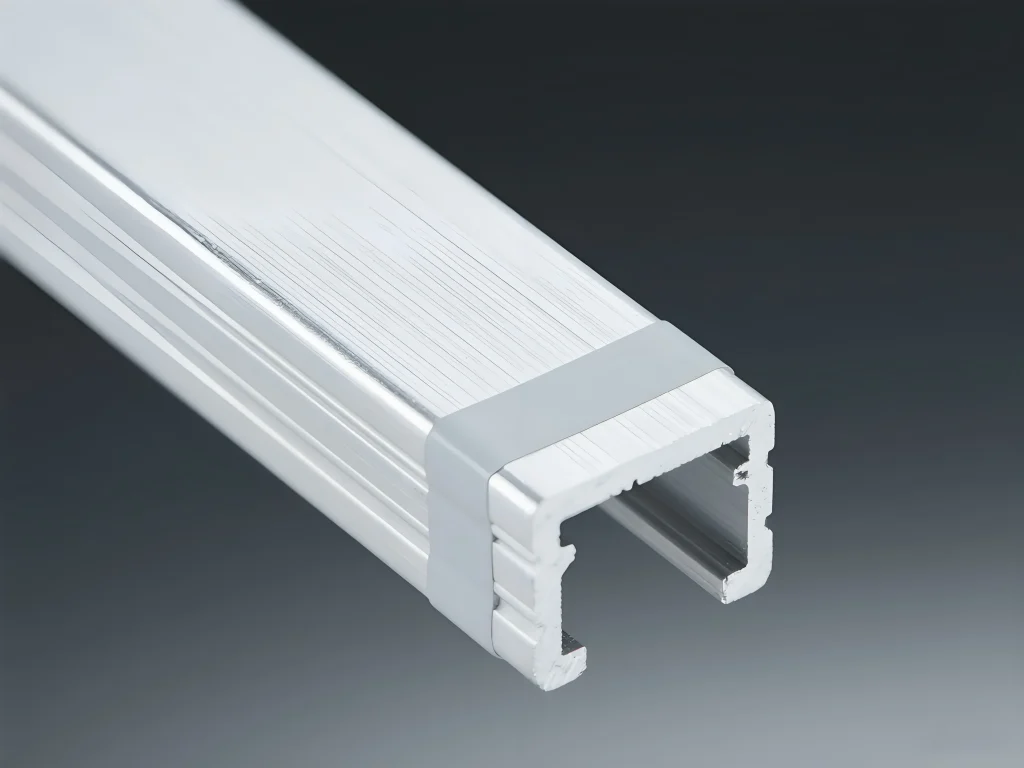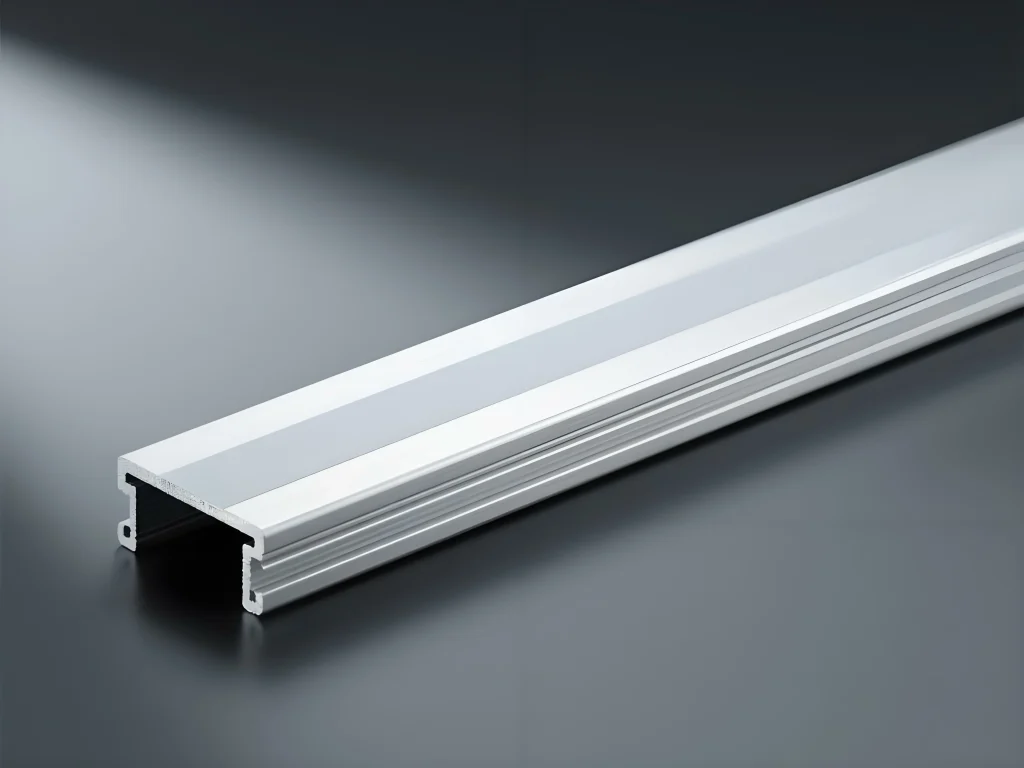1.Aluminum Bus Bars and Electrical Connectors: A Complete Guide by Welleshaft
Aluminum bus bars, like the well-known 6101 aluminum bus bar and tinned bus bars, are key parts in electrical power systems. This guide by Welleshaft explains everything about aluminum busbar uses, compares aluminum bus bar vs copper, covers aluminum bar sizes for panel designs, and details electrical busbar connectors. Whether you’re curious about what is busbar used for or need info on busbar in electrical setups like EV batteries and solar inverters, this article covers it all.
2.What Is a Bus Bar in Electrical Systems?
A bus bar in electrical work is a metal strip or bar—usually aluminum or copper—that moves electric current around inside equipment like switchboards or control cabinets. It acts like a central hub, connecting power sources with circuits, simplifying wiring, and making power distribution cleaner.
An electrical terminal bar or simply an electrical bar works as this main connector. You’ll find these in everything from busbar in electrical solar combiner boxes to electrical buss bars in motor control centers.
At Welleshaft, we say these bus bars handle the bulk of current flow safely while reducing energy loss.
3.Reasons to Use Aluminum Bus Bars
(1)Benefits of Aluminum Bus Bars in Electrical Gear
Using aluminum bus bars gives you a smart balance of price, weight, and performance:
- Lower Weight and Cost:Compared to copper, bus bar aluminum weighs about half as much and costs less — good news for big jobs.
- Good Conductivity With 6101 Aluminum:The 6101 aluminum bus bar alloy strikes a fine balance, conducting at roughly 56% the rate of copper but much lighter and easier to handle.
- Corrosion Resistance with Tin Plating:When you use tinned aluminum bus bars or tin plated aluminum bus bars, you shield them from rust and oxidation — important for outside gear like solar inverters.
- Custom Sizes:You can get aluminum bar sizes cut just right to fit even tight spots, such as electrical terminal bars for control cabinets.
- Handles Heat Well:Aluminum spreads heat quickly, lowering the chance of overheating in systems like busbar connectors for electric vehicles.
Here at Welleshaft, we work closely with you to make sure your aluminum busbars fit your project just right.

4.Aluminum Bus Bar vs Copper: What’s the Difference?
Here’s a quick look at the key points when picking between aluminum bus bar vs copper:
| Feature | Aluminum Bus Bar | Copper Bus Bar |
| Conductivity | About 56% of copper (6101 alloy) | High conductivity (baseline) |
| Weight | Roughly half the weight of copper | Heavier, more difficult to handle |
| Cost | Lower material price | More costly upfront |
| Thermal Expansion | Expands 42% more than copper | Less thermal expansion |
| Corrosion Resistance | Needs tin plating or coatings | Naturally resists corrosion |
| Typical Uses | EV batteries, MCC panels, solar PV | Compact or high-performance setups |
Our team at Welleshaft helps you weigh these pros and cons based on your project needs.
5.Where Aluminum Bus Bars and Electrical Terminal Bars Are Used
(1)Aluminum Bus Bar in EV Battery Systems
Electric vehicles increasingly rely on the aluminum bus bar in EV battery systems because of their lighter weight and good conductivity. Plus, custom busbar connectors for electric vehicles improve reliability and power flow.
(2)Aluminum Busbar for MCC Panels and Control Cabinets
You’ll find aluminum busbar for MCC panels spreading power efficiently in motor control centers without breaking your budget. Also, electrical terminal bar for control cabinets gets tailored with different aluminum bar sizes for electrical panel design, squeezing into small spaces without issues.
(3)Tinned Aluminum Bus Bar for Solar Inverters and PV Systems
When it comes to solar, tinned aluminum bus bar for solar inverters and the 6101 aluminum bus bar for PV systems help protect against weather and corrosion. This makes the busbar in electrical solar combiner box sturdy and long-lasting.
(4)Electrical Busbar Connectors for Battery Storage
Battery storage setups count on electrical busbar connectors for battery storage made from aluminum for lighter weight and good heat handling, keeping things safe and running smoothly.
6.Aluminum Bus Bar Ampacity and Sizes Explained
Aluminum Bus Bar Ampacity Chart
| Dimensions (WxT) | Copper Equivalent | Effect of Width Increase | Effect of Thickness Increase |
| 4″ x 1/4″ Copper | 5″ x 1/4″ Aluminum | +27% width = +87% capacity | +50% thickness = +45% capacity |
| 4″ x 1/4″ Copper | 4″ x 3/8″ Aluminum | No change in width | +50% thickness = +45% capacity |
Boosting width cuts resistance and boosts heat dissipation way more than just thickening the bar. That’s why picking the right aluminum bar sizes is key to hitting your ampacity goals.

7.Installing and Maintaining Electrical Busbar Connectors
(1)Installation Tips and Standards
At Welleshaft, we follow industry standards like IEEE, UL, and NEMA when designing and installing electrical busbar connectors and aluminum bus bars, making sure everything’s safe and reliable.
(2)Taking Care of Aluminum Bus Bars
- Prevent Corrosion:Using tin plated aluminum bus bars or protective coatings keeps corrosion at bay.
- Watch Your Torque:Aluminum expands more than copper, so you must tighten bus bar fasteners properly and follow a torque schedule to keep connections tight.
- Regular Checks:Environments with chemicals or heat demand periodic inspections.
- Extra Protection:Laminated bus bars and insulated connectors can add extra layers of safety and durability.
8.People Also Ask
1.What is a busbar used for?
A: Busbars spread electrical power inside panels and switchgear, linking power supplies to various circuits cleanly.
2.What is an electrical buss?
A: It’s a metal conductor that carries current within devices like control panels and MCCs.
3.What aluminum bar sizes work for electrical panels?
A: Sizes vary; aluminum bars tend to be wider or thicker than copper ones to handle the same current.
4.How does aluminum compare to copper in automotive uses?
A: Aluminum saves weight and money in EV battery systems, though copper offers slightly better conductivity.
5.Why use tinned aluminum bus bars for solar inverters?
A: Tin plating guards against oxidation and extends lifespan in outdoor solar setups.
9.Wrap Up and Contact Info
Choose Welleshaft for your next project and get custom aluminum bus bars, including 6101 aluminum bus bar and tinned bus bars, that fit EV batteries, solar PV, MCC panels, and more. We’ll match the perfect aluminum bar sizes for electrical panel design, provide trusted advice on electrical busbar connectors, and help you keep costs down while staying reliable.

